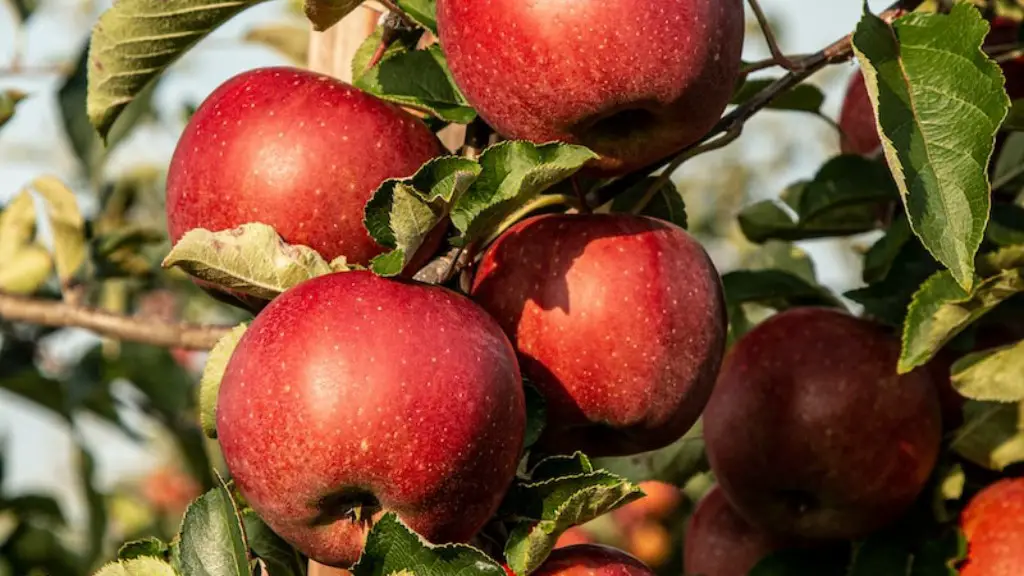Can I prune my apple tree in June? The answer is yes, you can. June is an ideal time to prune apple trees, because it’s early in the growing season when you have time to make important changes in the tree’s structure before it produces fruit. Pruning is an important part of continuing to care for an apple tree, ensuring its health and productivity. The first step is to remove dead, diseased, and damaged branches so the tree can focus its energy on the living branches. Next, remove overly dense or crowded growth by thinning the tree’s canopy and cut back the branches growing in toward the center of the tree. Finally, prune out any weak or knobby growth, and remove any branch that fails to produce a leader in the center of the tree. These steps can help you maintain the vigor of your apple tree and ensure it remains productive for years to come.
Thinning the Canopy
Thinning an apple tree’s canopy allows for more light and air to reach the inner branches of the tree, increasing its overall vigor and health. While heavy pruning is not recommended in an apple tree, it’s important to clear out some of the dense branches, including some of the oldest stems, without compromising the tree’s natural shape. This is also a good time to remove water sprouts and suckers that can reduce fruit production. Cut just above the branch collar, a slightly swollen area found at the base of the stem, as this promotes quicker healing.
Removing Unproductive Branches
Apple tree branches that produce weak growth, side branches, or are too close together should be pruned out while they are still small. In addition, all fruit-less branches should be removed to help the tree concentrate on the branches that will bear fruit. When cutting out the dead and dying limbs, look for the branch bark ridge—it’s usually lighter in color than the branch bark collar, and should be the point at which the branch is removed. By taking the time to remove these unproductive branches you can help counteract the effects of pests, diseases, and poor pollination.
Promoting the Central Leader
The central leader of an apple tree should be allowed to grow without obstruction or interference. Cut off any competing central leaders, as a single central leader gives the tree its most desirable shape. You may also choose to facilitate the growth of the central leader by removing branches that are crossing each other or are pointing in the same direction. This will help encourage the tree’s growth and productivity.
Cutting Back Limbs
As an apple tree ages, it needs to be thinned and cut back in order to promote vigorous growth and maximum productivity. When trimming the ends of branches, make sure to cut back to the point where two or two and a half times more new growth is expected. Don’t be afraid to cut away excessive shoot growth and dead wood in this process, and make sure you always use sharp tools to reduce tearing of the bark. Be careful not to take away too much at once, as you could stress the tree and impair its future health.
Creating Cross-Pollinating Protection
Cross-pollination refers to the transfer of pollen between two apple trees of the same species but different varieties. This aids in the production of healthier, more productive fruit. To help facilitate cross-pollination, don’t trim off the tips of the apple tree’s branches, as this is where the flowers develop. Instead, trim just below the tips, so that the flowers remain intact. If you notice that cross-pollination isn’t occurring in your apple trees, you can always introduce a bee or bee hive to help promote it.
Conclusion
Overall, pruning your apple tree in June is a great way to help ensure your tree’s long-term vigor and health. Remember to remove any dead, diseased, or damaged branches first, thin the canopy, trim back too-dense or crowded growth, and cut back any weak or knobby growth. Additionally, promote the natural shape of the tree, and don’t forget to trim just below the tips of the branches in order to encourage cross-pollination.
